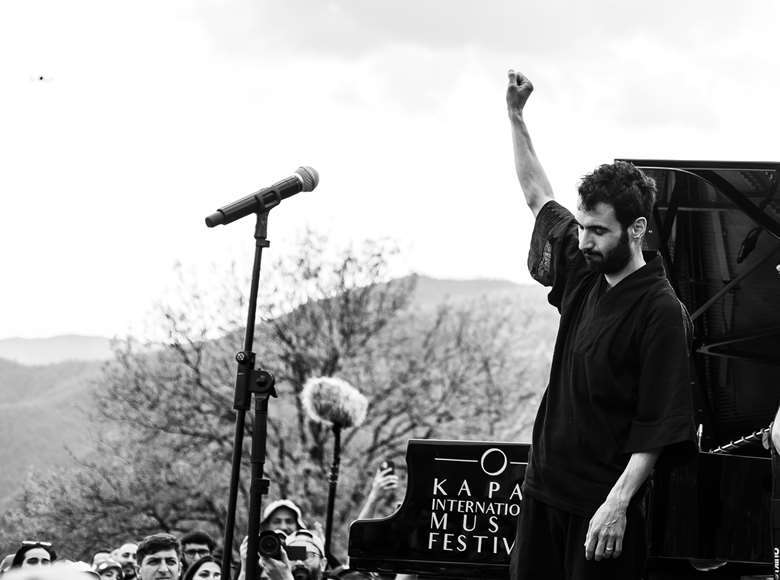Pianist Tigran Hamasyan on the sound culture of Armenia
Tigran Hamasyan
Thursday, October 3, 2024
Ahead of the release of his latest album, Tigran Hamasyan explores the deep roots of Armenian music, both secular and religious


Register now to continue reading
Don’t miss out on our dedicated coverage of the classical music world. Register today to enjoy the following benefits:
- Unlimited access to news pages
- Free weekly email newsletter
- Free access to two subscriber-only articles per month
